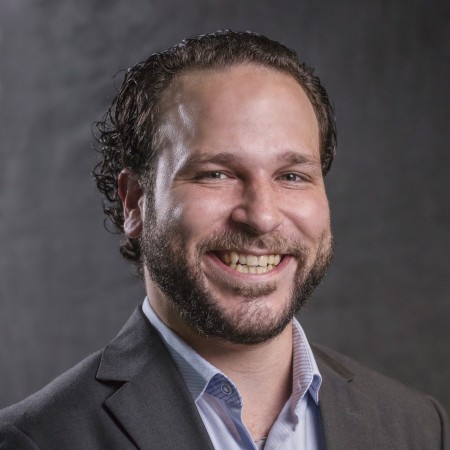Ph.D. - Mathematics
City university of New York - 2014

Carlos Arreche
Associate Professor - Mathematical Sciences
Professional Preparation
M.Phil. - Mathematics
City University of New York - 2012
City University of New York - 2012
M.A.St. - Pure Mathematics
University of Cambridge - 2009
University of Cambridge - 2009
A.B. - Mathematics
Princeton University - 2008
Princeton University - 2008
Research Areas
Differential Algebraic Geometry
Symbolic Computation
Algebraic Theory of Differential and Difference Equations
Galois Theories
Publications
Symmedians as Hyperbolic Barycenters (Symédianes comme barycentres hyperboliques) 2024 - Journal Article
Computing differential Galois groups of second-order linear q-difference equations 2022 - Journal Article
Differential transcendence criteria for second-order linear difference equations and elliptic hypergeometric functions 2021 - Journal Article
Awards
Outstanding Teaching Award for Tenure-Track Faculty - School of Natural Sciences and Mathematics, The University of Texas at Dallas [2021]
ISSAC Distinguished Student Author Award - Special Interest Group in Symbolic and Algebraic Manipulation, Association for Computing Machinery [2014]
Appointments
Associate Professor of Mathematics
The University of Texas at Dallas [2024–Present]
The University of Texas at Dallas [2024–Present]
Assistant Professor of Mathematics
The University of Texas at Dallas [2017–2024]
The University of Texas at Dallas [2017–2024]
Postdoctoral Visitor
Fields Institute for Research in Mathematical Sciences [2015–2015]
Thematic Program in Computer Algebra: Fall 2015
Fields Institute for Research in Mathematical Sciences [2015–2015]
Thematic Program in Computer Algebra: Fall 2015
NSF Alliance Postdoctoral Fellow
North Carolina State University [2014–2017]
North Carolina State University [2014–2017]